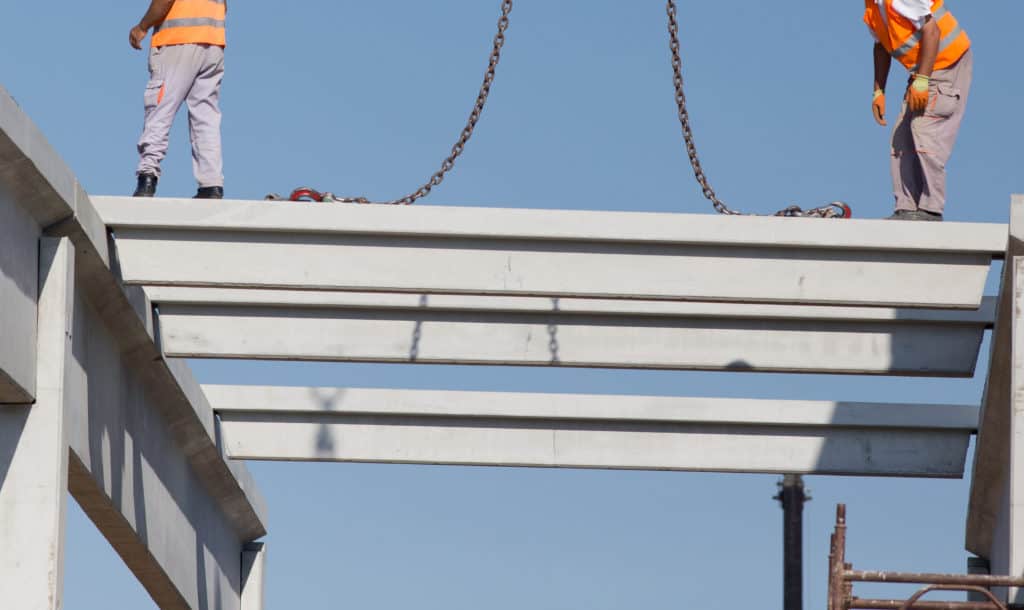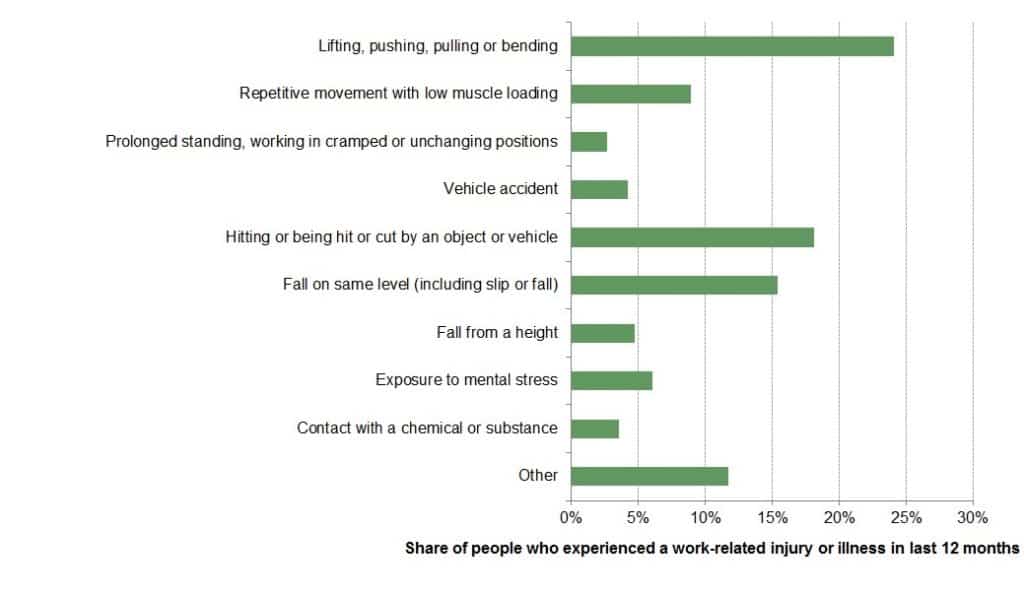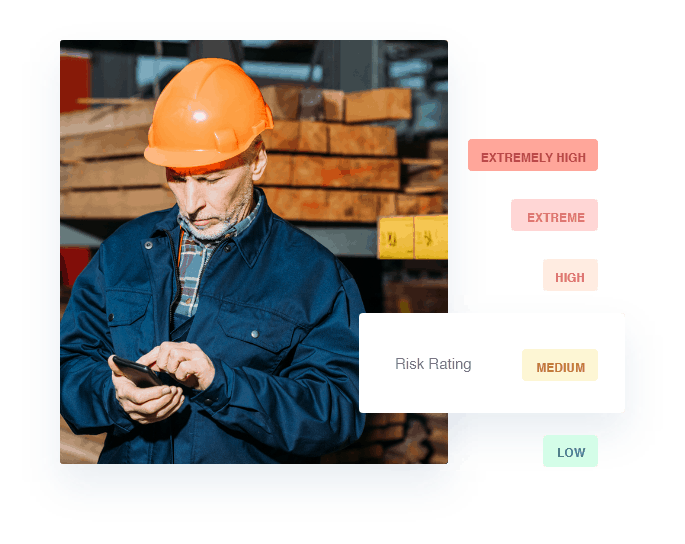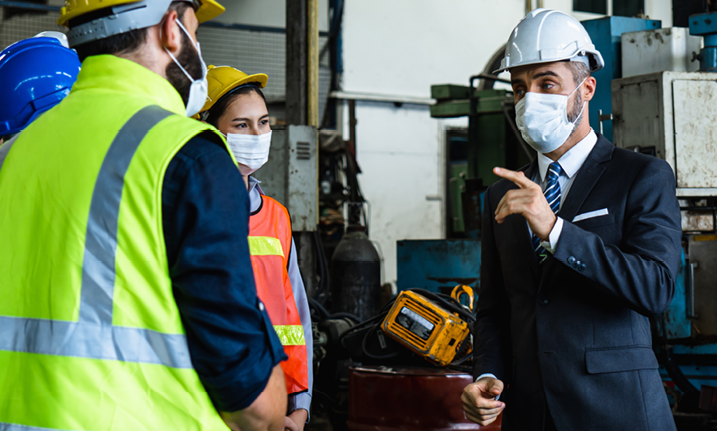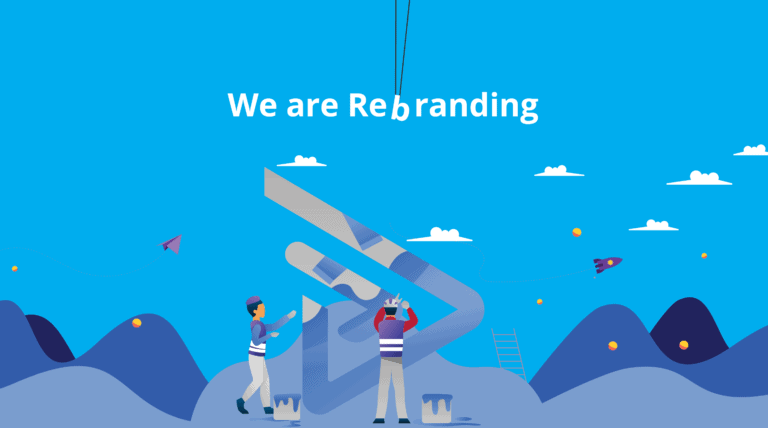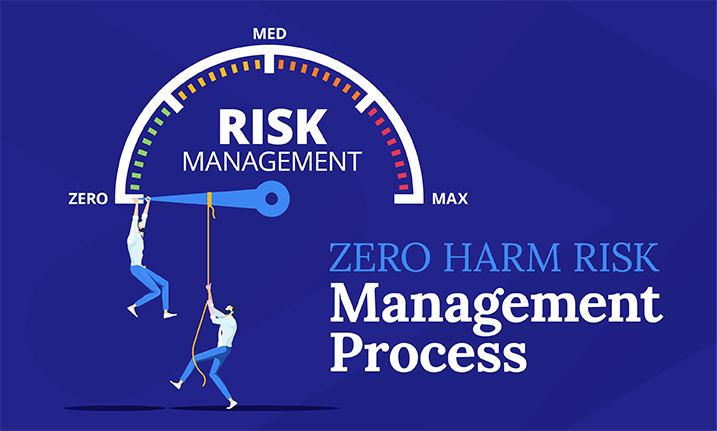

How do you prevent risk and how can technology help prevent people from risk-taking behaviour?
Avoiding danger is a huge issue in many businesses. Overlooking or ignoring proper policies can lead to disastrous consequences for the company and its employees.
Managing risk assessment – what leads to people taking risks in the workplace?
Humans all over the world engage in risky behaviours every day. Why is it that some people seem to take risks more than others? Some people are overconfident swimmers, who swim way out past the breakers, for example, while others will only swim between the flags.
Risk is part of life. We all take risks and use some strange rationale for each risk. We tell ourselves all sorts of odd reasons for why or why not a risk is worth considering.
We might decide that the risks of car accidents are low or that the risk is “worth it” because we want and need to get around by car. Yet we might be terrified of flying, even though the odds of being involved in a car accident are higher than the risk of a flying disaster.
Risks can be dismissed as worrying too much or trying to be too controlling. But the simple truth is that mitigating risk, and having a 360-degree view of any situation does help keep us all safe from harm. Peer pressure also plays a part.
It’s everyone’s responsibility to risk assess tasks before commencement, even if processes are in place, that doesn’t mean that everyone is going to follow them. It’s up to the individual, not just Management or the business owners to ensure that people go home from work at the end of the day. If you see something that you know comprises safety in the workplace, you need to speak up, although this is sometimes easier said than done.
Workers and everyone at the workplace have duties under the WHS Act, to take reasonable care for their own health and safety at the workplace.
The workplace is made up of many different personality types, each with a different view on risk, their behaviour or others.
Having a set policy or management tool in place elevates the need to explain the reasons behind workplace health and safety and also the necessary requirements and legislations needed from governing bodies around this.
However, before you get the rules set in place, a risk assessment of the business needs to be performed.
MOST RECENT WORK-RELATED INJURY OR ILLNESS SUSTAINED
Australian Bureau of Statistics – 6324.0 – Work-Related Injuries, Australia, Jul 2017 to Jun 2018
The most common types of injuries or illnesses sustained remained the same in 2017-18. Sprain/strain was the most common injury sustained (28%), followed by chronic joint or muscle condition (18%) and Cut/open wound (16%) (Table 5)c
In 2017-18, Lifting, pushing, pulling or bending was still the most common way persons experienced their work-related injury or illness, with 24% of people reporting it. This was followed by Hitting or being hit or cut by an object or vehicle (18%) and through a Fall on same level (including slip or fall) (15%) (Table 5).
It’s a duty of care to have a comprehensive risk management plan in place from the start to stop people from risk-taking behaviours
Businesses who manage risk well can identify, assess, address and minimise risk in a well-structured and controlled manner. Putting together a risk management plan, it’s best to have every possible cause and outcome included, to get an overall picture of the business and all potential risks. Preventing risk makes everyone’s life more comfortable in the long run.
To start developing your plan you will need to:
- Identify hazards and assess each risk, while evaluating the likelihood and impact of the risk event
- Rate and control the risk using uniform language
- Assign personnel responsible for monitoring and assessing risks and ensure control measures are in place and are active.
- Decide on specific risk reporting parameters.
An excellent way to do this is to classify risks into three broad categories:
- Strategic
- Identify every area of your business that risks have the potential to affect.
- Project
- Carry out a risk assessment for every project within the business.
- Operational
- Know who is responsible for the functions of managing risk and how those risks will be assessed and reported.
Then break these down into smaller components to create a comprehensive risk picture.
Think about each risk and further categorise them by being either low, medium, high, extreme or extremely high.
Preventing risk with state-of-the-art technology
How would it help your company if you could report, store and follow up on all of your company’s risks in one place? How much more efficiently could you manage risk? Rapid Risk online enterprise risk management (ERM) software is designed to assist your company in identifying, assessing, addressing and minimising risk. Rapid Risk provides you with an ERM system that increases your capacity for ERM to help improve safety in workplaces of any size.
A great strategy is to assign the risks a risk rating, at Rapid, we use our ‘Inherent Risk Rating’ (IRR) and ‘Desired Risk Rating’ (DRR) system. Clear, standardised wording for risk assessments also keeps all employees on the same page and helps the business as a whole utilise the risk strategies effectively.
Don’t forget proper record keeping is essential in successfully preventing risk
To be a management team who know the importance of leading by example and showing a strident duty of care for their employees is to be known as a leader in your industry, whatever that may be.
Making sure that everyone is safe in the workplace requires good recordkeeping, having it all in a central location will significantly improve this function. A streamlined, secure online risk management software to identify risks within the workplace is a good place to start. Time wasted due to inadequate record management systems can affect productivity and the company bottom line. So, it makes sense to take this part of risk assessment very seriously.
Retaining vital records is not just good business practice – it’s a necessity. Companies that are unable to produce relevant records and information may be found liable for damages suffered by not having those documents available. Therefore, recorded details of each risk assessment, as well as each incident, should be kept in a secure way, either online, on paper or both.
Rapid Risk allows you to have complete control to enable access for your OHS team, management, or other key personnel.
Remember, risk assessments can help manage risk. But only if conducted properly and any mistakes are learned from. Monitoring and review of risk management programs should be on-going and should cover seasonal, short and long-term risks.
Contact us at Rapid Global to see how easy it is to use technology to set up an effective health and safety strategy.
We help businesses of all sizes, across all industries, to improve their work practices.

